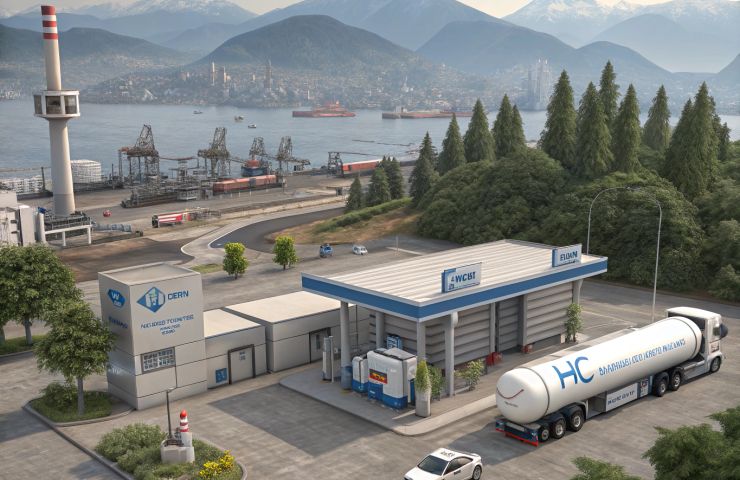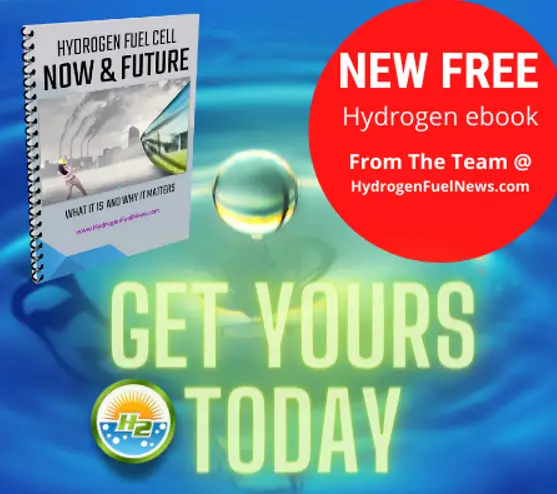
Hydrogen Production in British Columbia Gains Momentum Through Regional Hydrogen Hubs
July 15, 2025British Columbia is making some bold moves to lead Canada’s clean energy transition—and at the center of that push is serious momentum around hydrogen production. In a major team-up, Foresight Canada and the Clean Energy and Major Projects Office (CEMPO) have launched a new initiative that maps out just how much potential BC has to become a major player in North America’s growing hydrogen economy. This isn’t just theory—it’s backed by infrastructure, emerging technologies, and strong partnerships that are turning plans into action.
From Hydro to Hydrogen
BC’s power grid is already impressive—98% of it runs on renewable energy, mainly hydro—but not every sector’s a fit for electrification. Heavy transport and large-scale industry still need alternatives. That’s where hydrogen really shines. Whether it’s green hydrogen made from renewable electricity via electrolysis or blue hydrogen created from natural gas and carbon capture, the province is leaning into a well-rounded hydrogen strategy built on regional strengths.
Foresight and CEMPO’s reports lay out a game plan: create regional hydrogen hubs in strategic spots like the Lower Mainland, the Interior, Vancouver Island, and Northeastern BC. These hubs bring together producers, distribution infrastructure, and end users. That kind of tight-knit ecosystem helps lower costs, accelerate tech implementation, and open up export opportunities—especially to U.S. and Pacific markets.
HTEC Leads on Infrastructure
Of course, none of this happens without the right infrastructure—and HTEC is stepping up in a big way. With federal backing, they’re developing a major hydrogen liquefaction facility in North Vancouver. The goal? Tackle the entire value chain—production, storage, distribution, and refueling infrastructure. This site is expected to become a crucial supply point, especially for fleet vehicles and public transit, helping to link BC and Alberta in a clean energy corridor that goes the distance—for real.
Alongside that, hydrogen fuel cell technology is starting to pop up in both stationary power systems and mobile applications. With BC’s vast distances and rugged terrain, hydrogen’s high energy density gives it a real edge over battery-electric options, especially where range and refueling speed are critical.
Economic, Environmental – and Regional – Impacts
This isn’t just about cutting emissions—it’s also a smart economic play. The hydrogen push could create up to 500 new jobs and set the stage for high-tech industries in areas that have traditionally focused on resource extraction. These hydrogen hubs could become export engines and innovation centers, with the potential to boost local economies while helping Canada meet its climate goals.
That said, there are a few speed bumps. Regulations still need to evolve to catch up with the pace of innovation—things like fuel standards, safety protocols, and rules for moving hydrogen across provincial lines. Scaling up infrastructure takes serious money, and aligning long-term market demand hinges on steady support from governments and international partners.
The Global Play
BC’s got geography on its side in a big way. With west coast ports like Prince Rupert and Vancouver, it’s in prime position to ship clean hydrogen and ammonia across the Pacific to major players like Japan and South Korea—countries that are all-in on zero-emission technology.
The response has been encouraging. Government funding at both federal and provincial levels is flowing into foundational projects. CEMPO is helping different agencies stay aligned, and Foresight Canada is orchestrating collaboration between industry, academia, and startups. It’s a rare level of coordination for a sector that’s often known for working in silos—and it could be a game-changer.
Sure, we’re still waiting on specific details like export figures or official launch dates. But what’s in place already paints a promising picture. With serious players involved and alignment across the board, BC’s hydrogen momentum isn’t just hype—it’s rooted in a real, strategic plan that fits right into the bigger push toward net-zero, guided by the CleanBC roadmap.
What’s Next?
The conversation around hydrogen in BC is shifting fast. It’s no longer seen as some fringe concept—it’s proving itself as a viable, scalable tool for industrial decarbonization, energy independence, and global trade. With major players like Foresight Canada, CEMPO, HTEC, and the BC Ministry of Energy and Climate Solutions leading the charge, it’s clear the province isn’t just dipping its toe in the water—it’s diving in.
Sure, there are hurdles. But from a strong resource base to engineering talent and coordinated infrastructure efforts, BC’s play in hydrogen fuel cells and hydrogen infrastructure looks smart, targeted, and actually doable. And in an industry where commercial success still hangs in the balance, having a grounded, forward-looking strategy makes all the difference.



 With over 15 years of reporting hydrogen news, we are your premier source for the latest updates and insights in hydrogen and renewable energy.
With over 15 years of reporting hydrogen news, we are your premier source for the latest updates and insights in hydrogen and renewable energy.